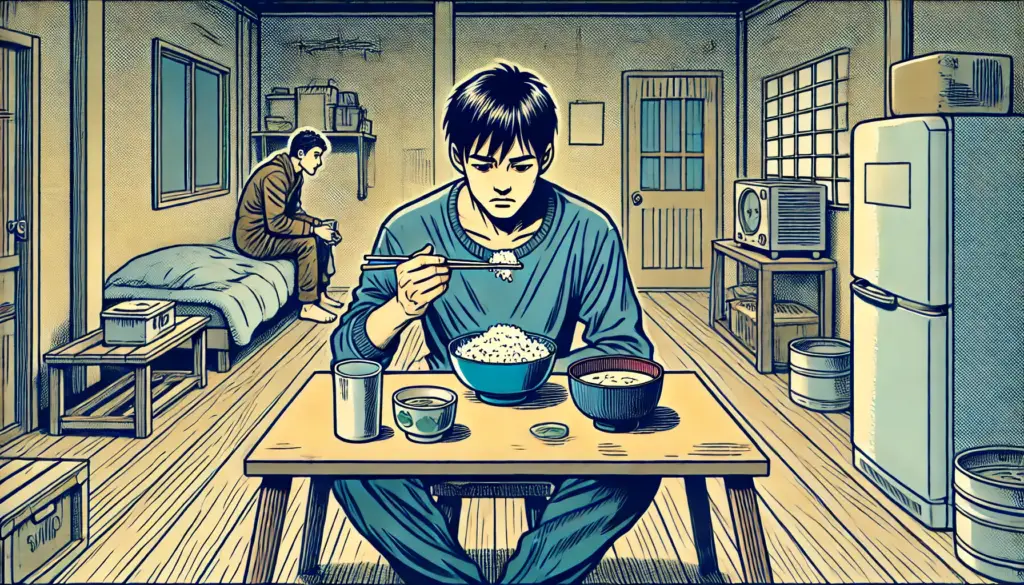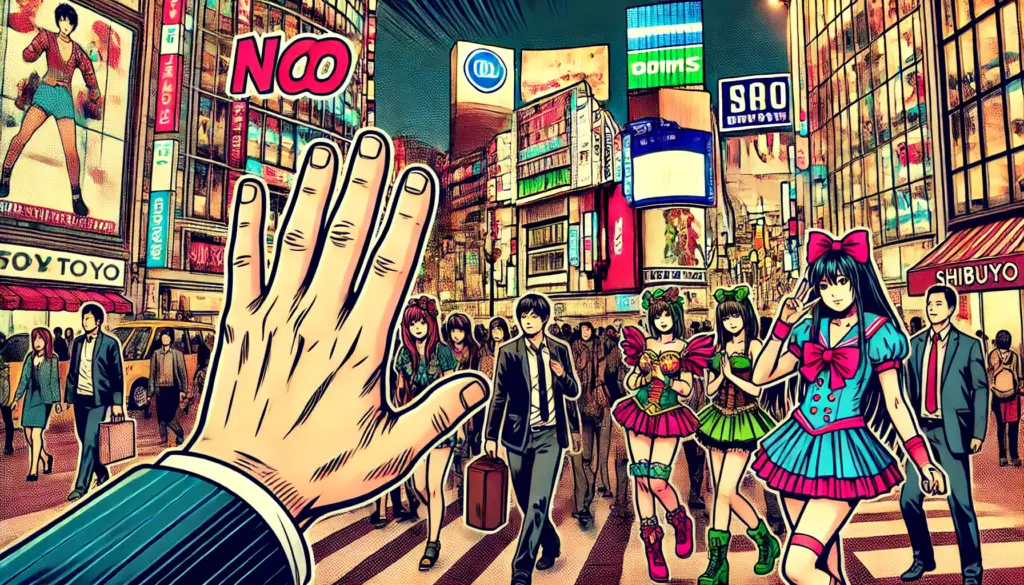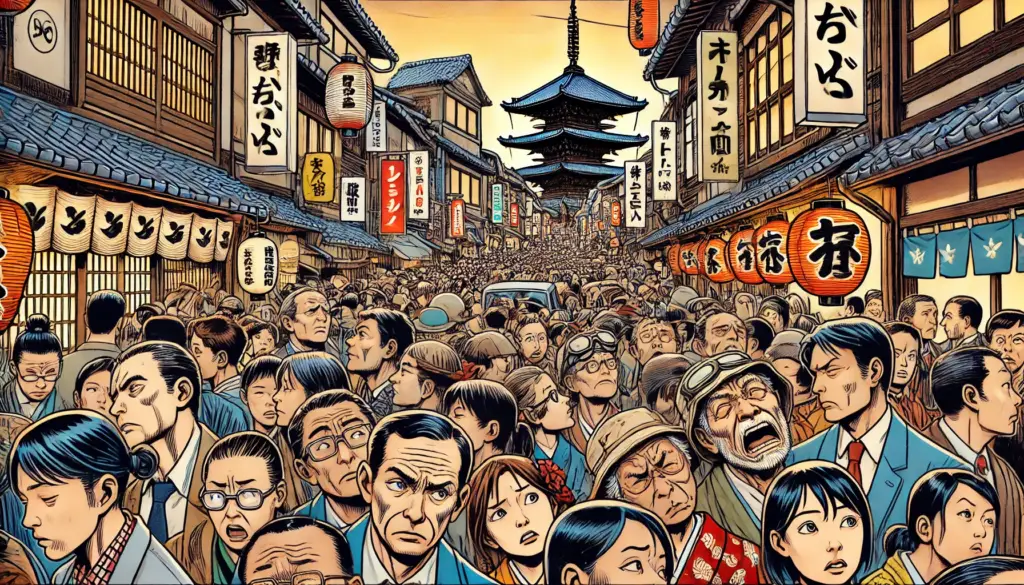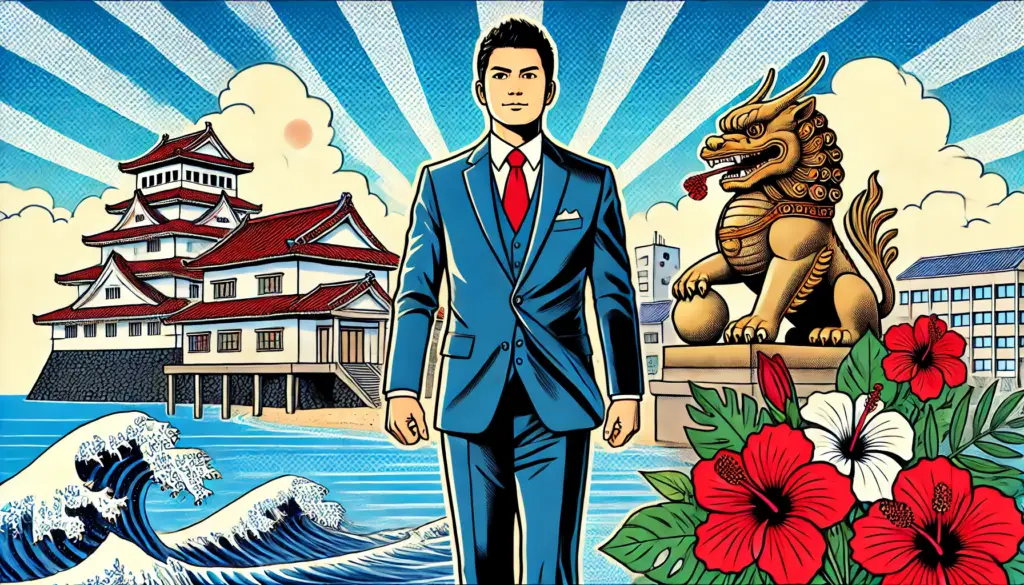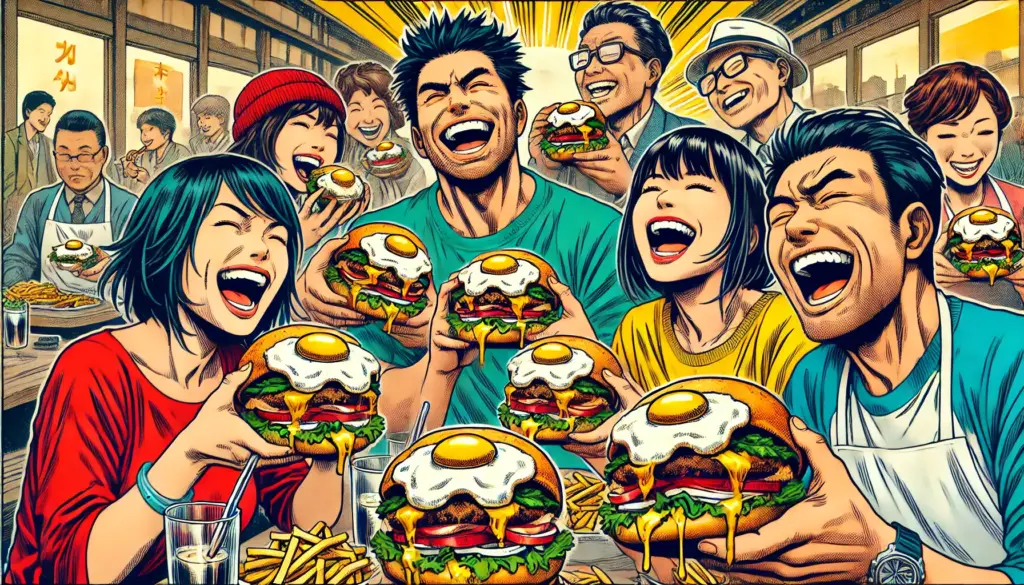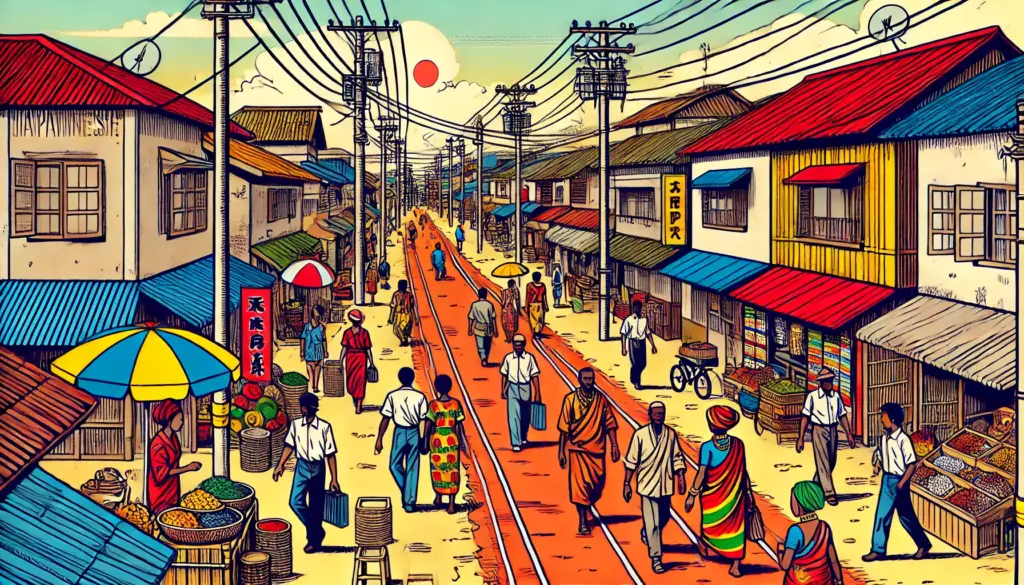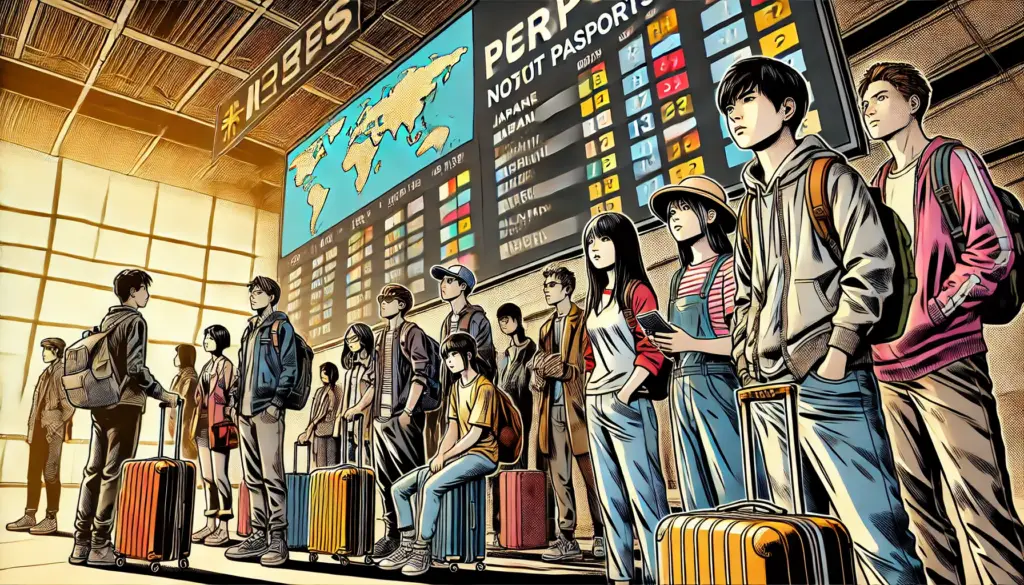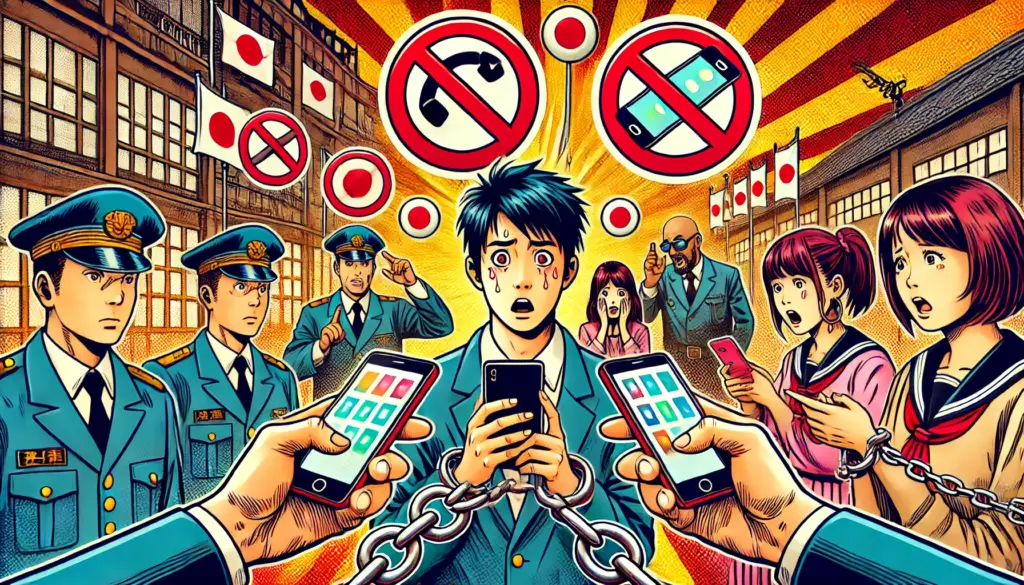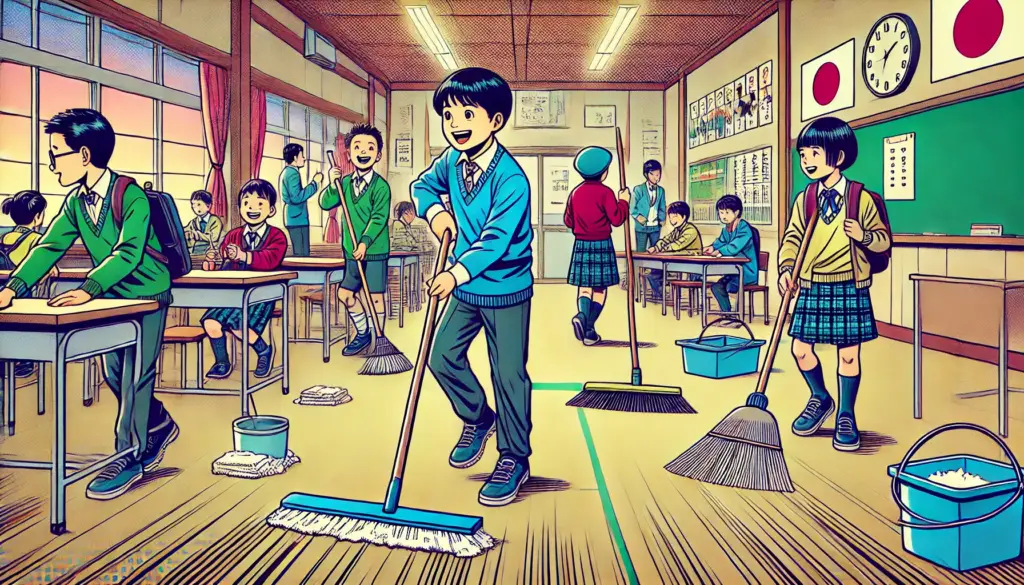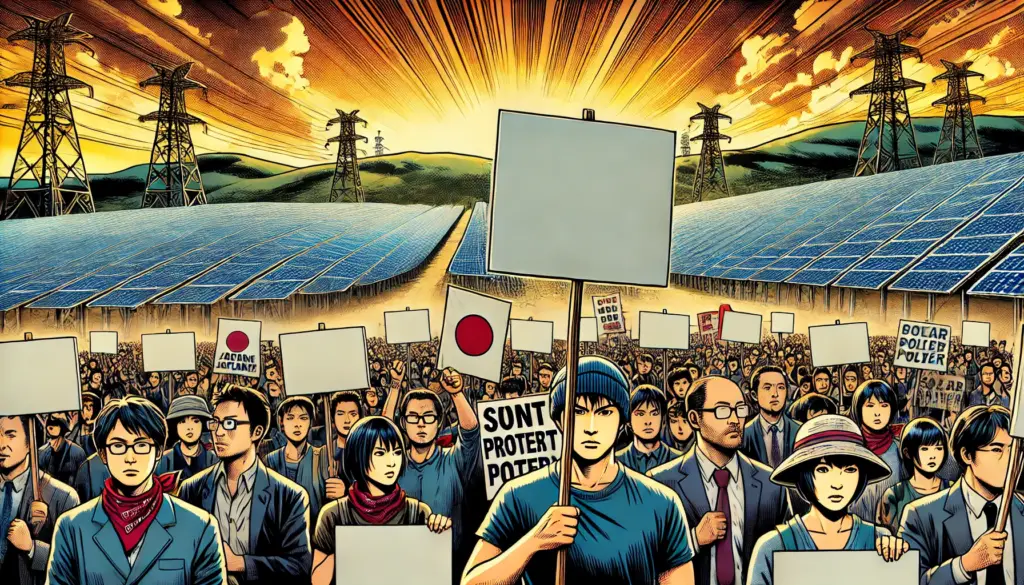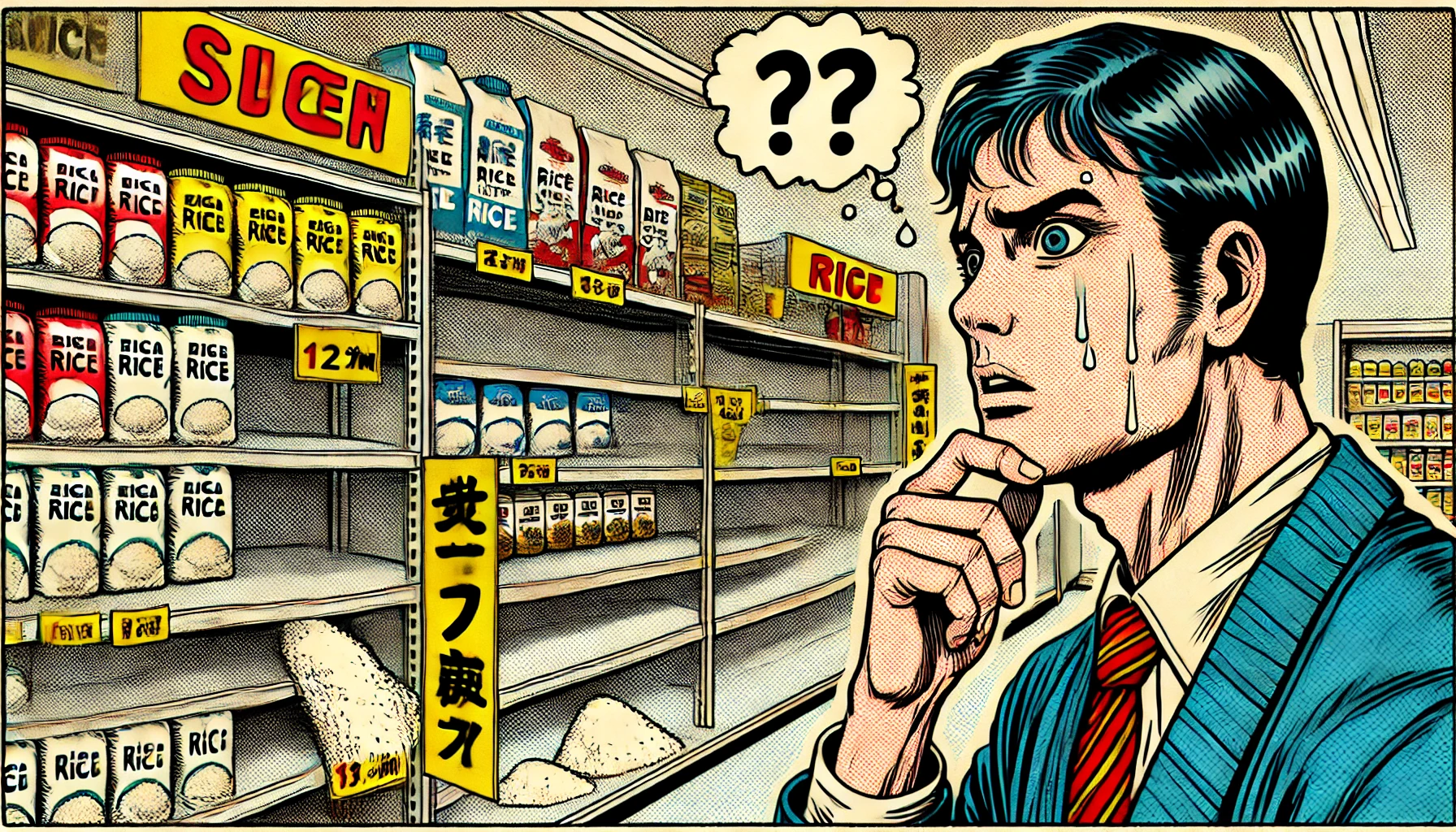
Rice is Japan’s most important food. But recently, the price of rice in Japan has been going up fast. Many people are surprised—and worried. Why is this happening? How are Japanese people reacting? And what can be done to fix it?
Let’s take a closer look.
1. What’s Causing Rice Prices to Go Up?
🍚 Poor Harvests
In 2023, Japan had a very hot summer. Because of this heat, rice didn’t grow well in many areas. The quality was also bad. This meant less rice was available, and prices started going up.
🌏 Global Changes and More Tourists
Because of the war in Ukraine, the prices of wheat and bread rose. Many Japanese people started eating more rice instead of bread. At the same time, tourism increased again after COVID-19, and visitors also ate more rice in restaurants.
🧓 Aging Farmers
Japan’s farming population is getting older. The average age of farmers is almost 70, and there are fewer young people becoming farmers. So, rice production is getting harder.
📉 Old Government Policies
For many years, the Japanese government paid farmers to grow less rice. This was to avoid too much supply. But now that demand has gone up, there isn’t enough rice to go around.
2. How Are People in Japan Reacting?
🏃 Panic Buying
After a big earthquake warning in 2024, many people rushed to buy rice. Stores ran out quickly, and some supermarkets limited how much rice people could buy.
😟 Rising Costs
The price of a 5kg bag of rice used to be about 2,500 yen. Now, some are over 5,000 yen. This is hard for families with small budgets.
🌎 Buying Foreign Rice
More people and supermarkets are starting to buy imported rice, like from California or Thailand. Some shops are even promoting recipes for foreign rice, like fried rice, to make it easier for people to try.
3. What Is the Government Doing?
📦 Releasing Stockpiles
The Japanese government has rice stored for emergencies. They are now releasing this rice to stores to help bring prices down.
📥 More Imports
Even though Japan usually protects its rice industry, the government is now allowing more rice imports to increase supply and lower costs.
🌾 Encouraging Farmers
Farmers are being asked to grow more rice this year. The government is also changing old rules that limited rice production.
4. What Could Be the Long-Term Solutions?
- Grow more climate-friendly rice that can handle heat and bad weather.
- Use farming technology like drones and sensors to help older farmers.
- Allow more foreign workers to help in agriculture.
- Build larger rice stockpiles for future emergencies.
- Reform old policies to match the new demand.
Final Thoughts
Rice is not just food in Japan—it’s part of daily life and culture. That’s why rising prices feel very serious to many people. But with the right actions, Japan can balance supply and demand again. Everyone—from farmers to the government to shoppers—is working to keep rice on the table.



